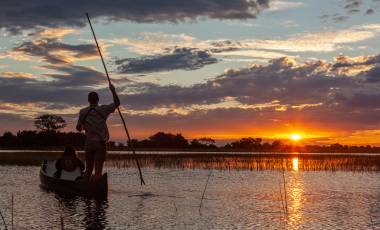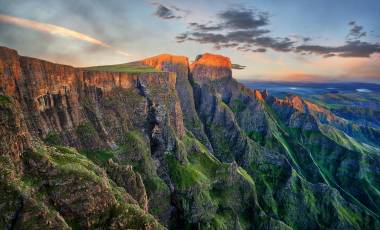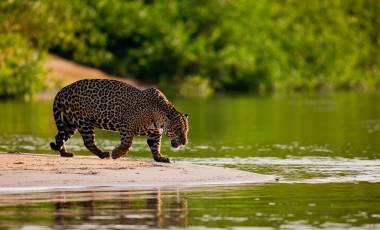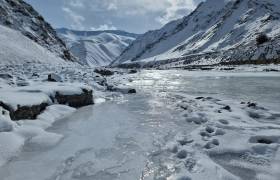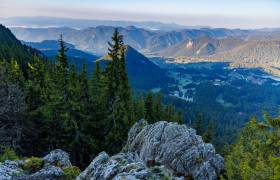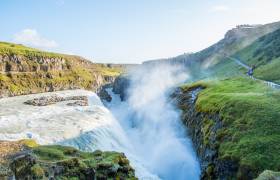Read time -3 minutes
The team take us on a tour of the habitats born from the world’s most versatile and durable plant! In episode 5, Planet Earth II shows us something we consider mundane in a new light.
It’s easy to take grass for granted, but in truth, grasslands are fascinating environments, home to a staggering diversity of wildlife! As the episode opens with amazing close-ups of elephants, tigers and rhinos in India, it quickly becomes clear that we’re in for an intimate spectacle.
We travel swiftly to the Eurasian steppe to see the bizarre Saiga antelope, a remnant from the ice age with a strange, protruding proboscis. The infants struggle to their shaky feet, before joining the vast herd as they begin their life on the move – a pattern that Sir David informs us is common amongst grass-eaters.
After some time-lapse footage of furious thunderstorms, showcasing the power and beauty of nature, we find ourselves in the Okavango Delta, watching a brutal, bloody and drawn-out battle between a pride of lionesses and a bull buffalo.
The lions showcase intelligence, resilience and strength…and come up empty-handed. Life is hard for a lion – they seem to go hungry far more often than otherwise!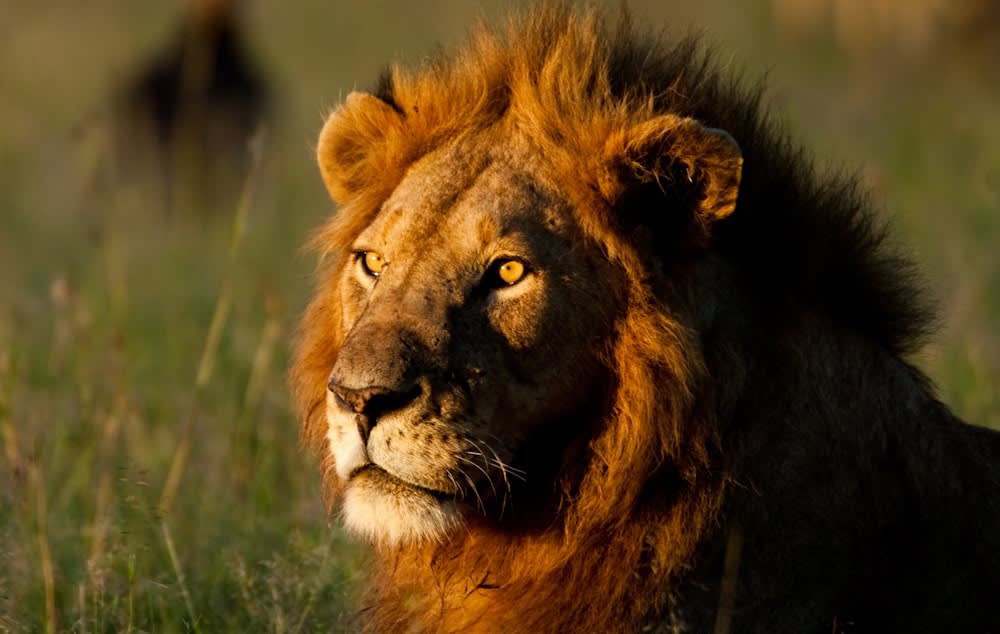 African lion
African lion
We then transition to what is arguably the best-crafted segment of the series so far. This one is a little closer to home: Norfolk, where we follow the trials and tribulations of a harvest mouse on its quest to feed its young.
This section is a shining example of the team’s method of using editing and music to transform their footage into a gripping story; there’s a real sense of adventure as the mouse climbs to reach food, swings down like Indiana Jones to avoid a predatory barn owl, and navigates the maze of the undergrowth to reach her vulnerable young.
We’re so close to this little questing rodent that it feels like we’re there ourselves, shrunk down and watching her journey play out first-hand. As ever, there’s an abundance of riches on display.
In Botswana, bee-eaters hunt in the wake of an elephant, flitting around the great behemoth’s head in hopes of catching insects disturbed by its passage.
The Masai Mara plays host to the hilarious mating ritual of the Jackson’s widowbird, bouncing rhythmically above the grasses. We get rare footage of a serval hunt, the graceful cat alert and stealthy on its search for sustenance.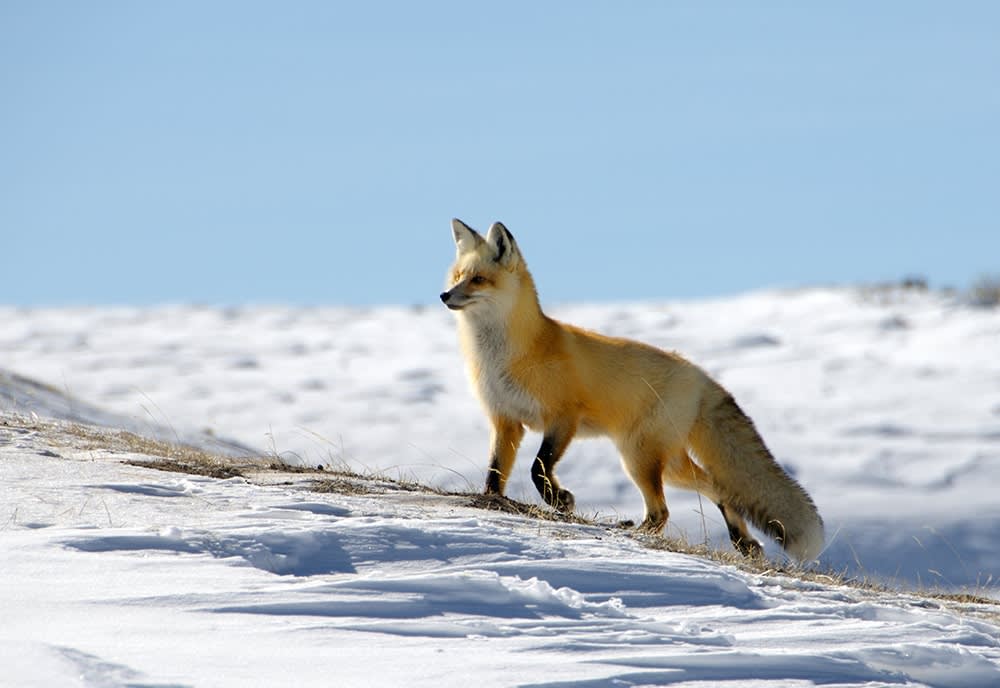 Red fox
Red fox
The climactic scene is a desperate chase, with lives at stake for both parties. An Arctic wolf sprints across the tundra in pursuit of a new-born caribou.
The wolf closes in, and the conclusion seems foregone. The camera sweeps expertly overhead, capturing every footfall in the heart-pounding race.
Just as it seems like there’s no hope for the young caribou, the wolf tires, and the infant flees to the safety of the herd! It’s a thrilling display, perfectly captured but the ever-exceptional team.
This week’s epilogue lets us in on the secret of the new, intimate close-up style that the series has made its signature: camera traps. This ingenious technology allows the team to get closer than ever before to the animals, without any risk to either of them!
It’s not all plain sailing, as the cameras are savaged and broken by bears, tigers and elephants. But the payoff is evident throughout this series; the footage speaks for itself.
Next week’s episode promises to be unlike anything we’ve ever seen on a nature documentary before, as we explore the newest habitat on this planet, cities. We can’t wait!
Browse our wildlife tours below and discover the wonders of planet earth first hand.
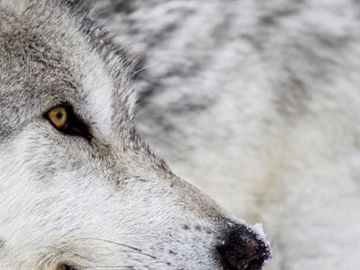
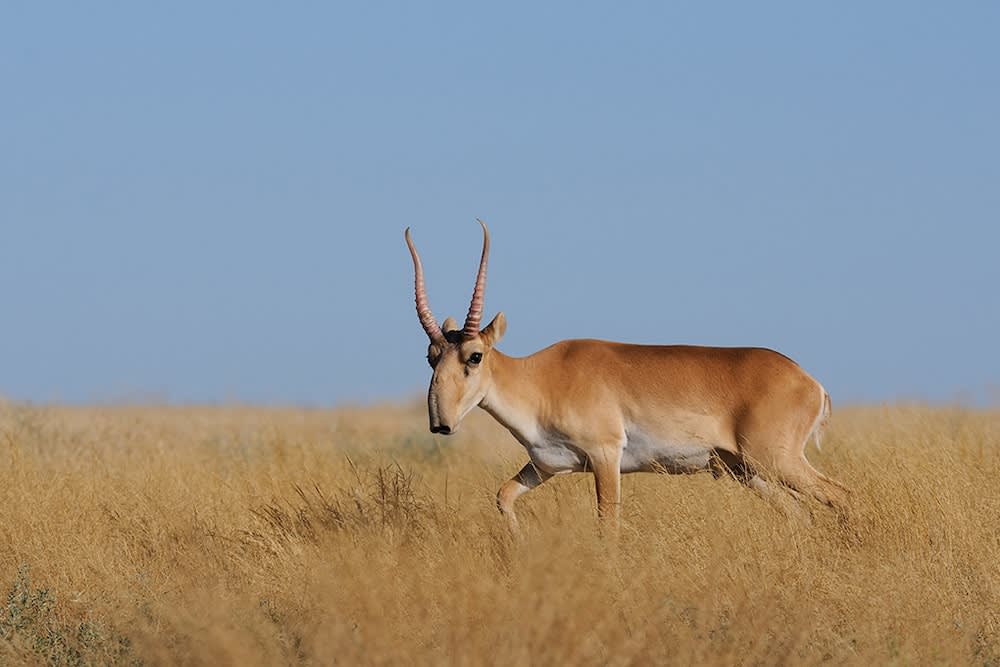 Saiga antelope
Saiga antelope